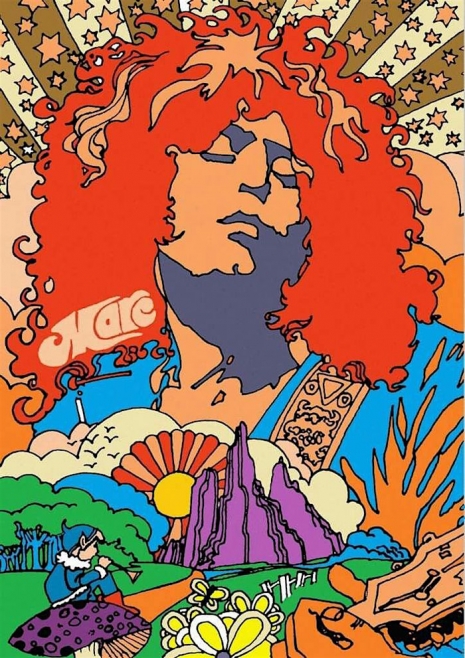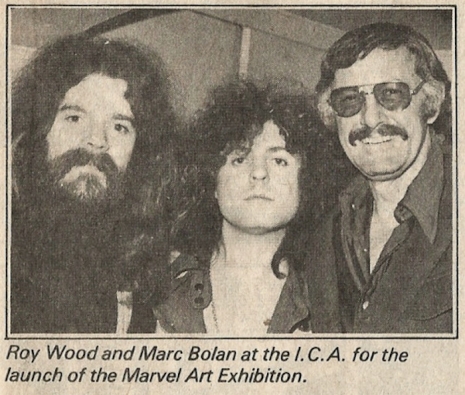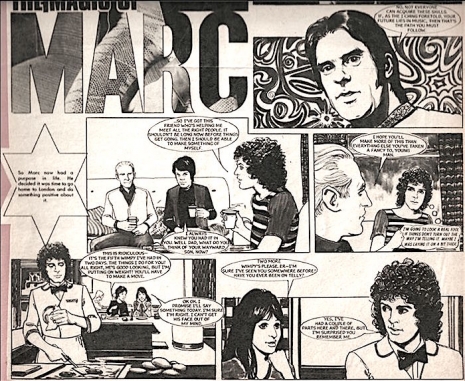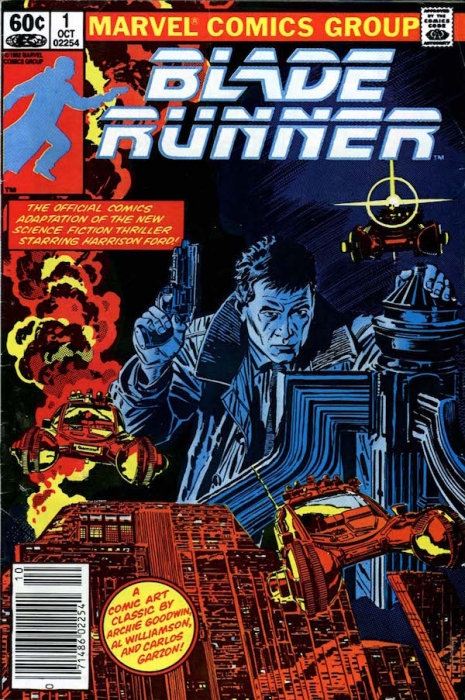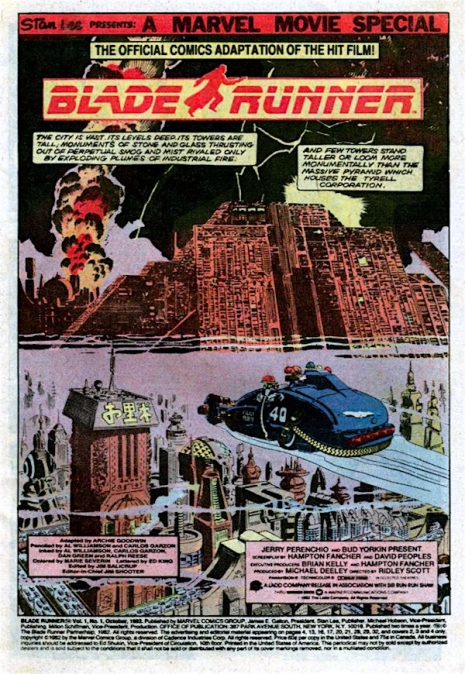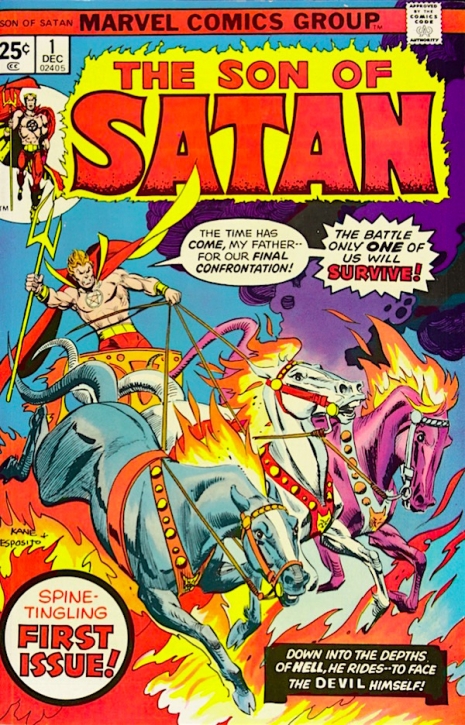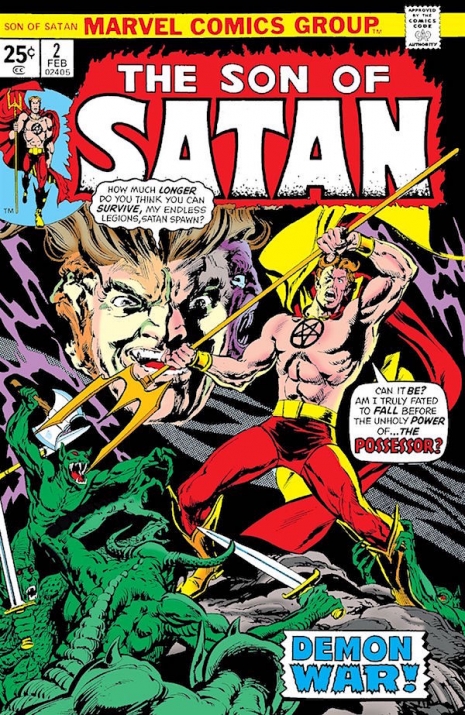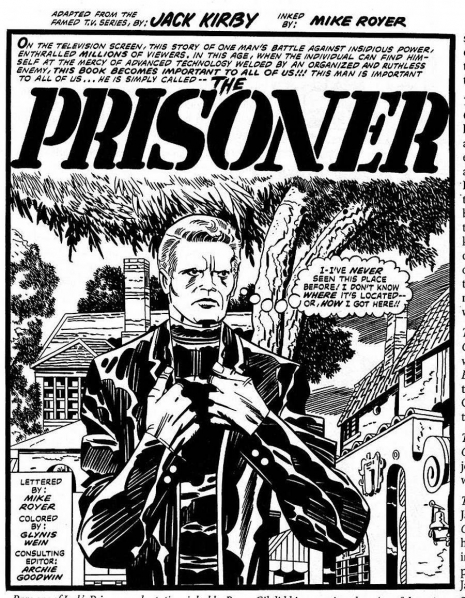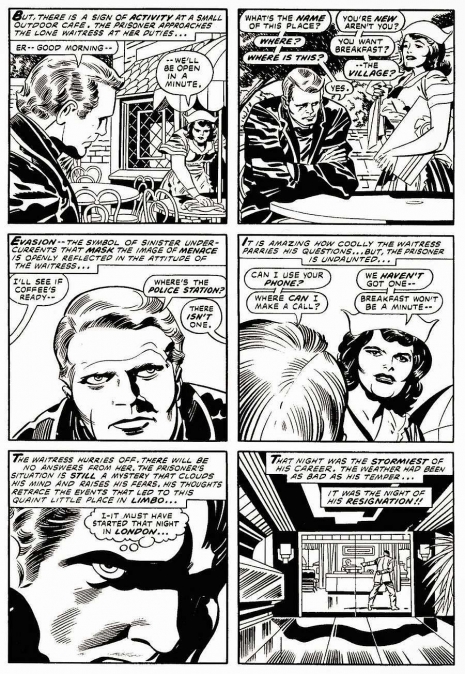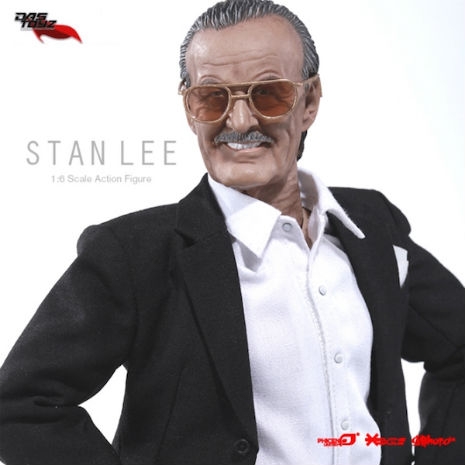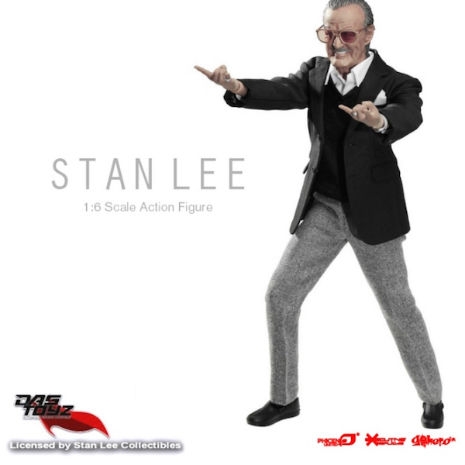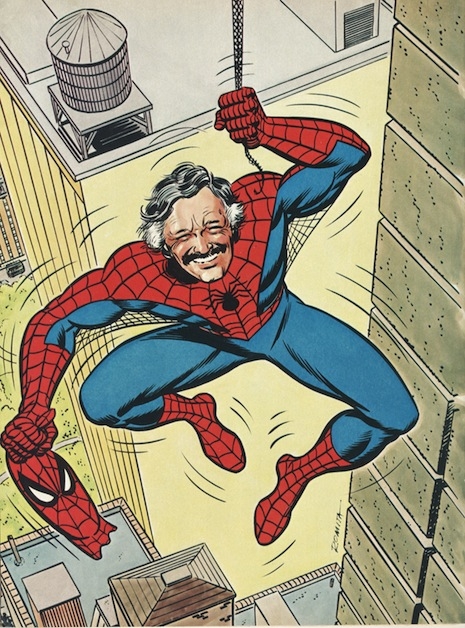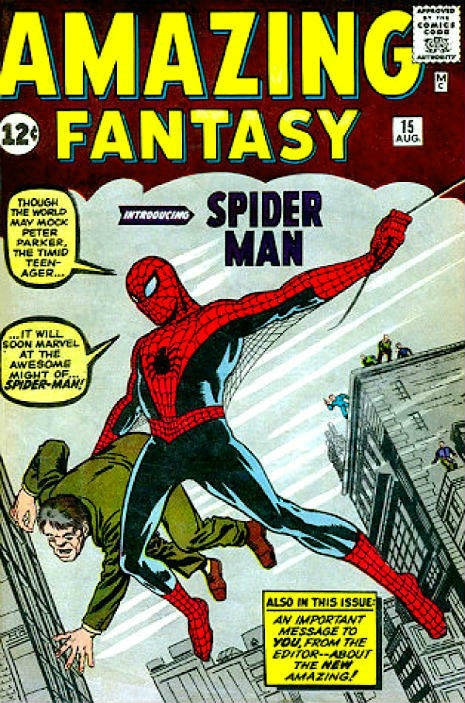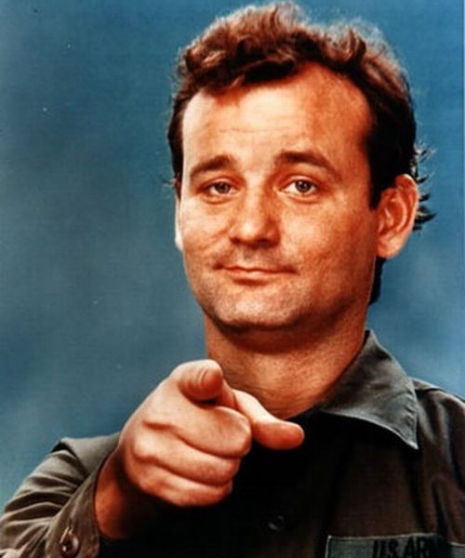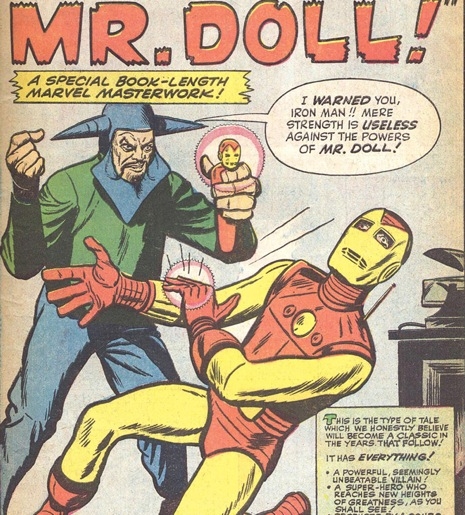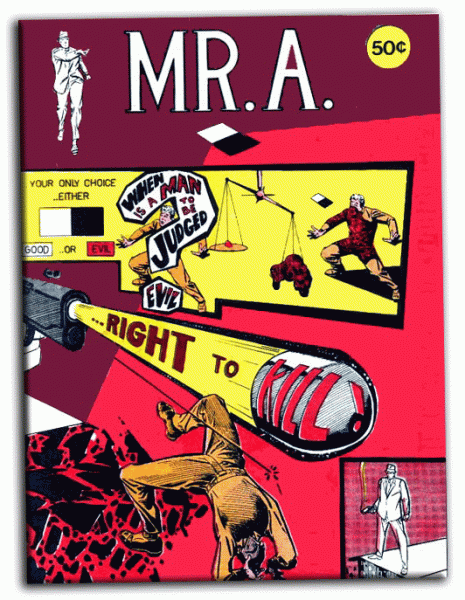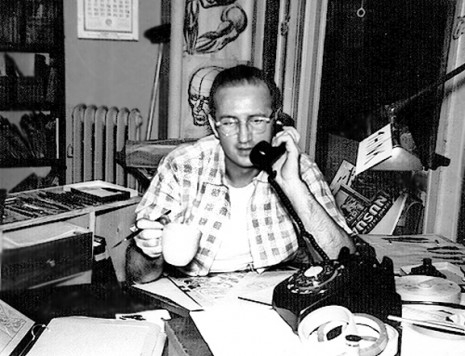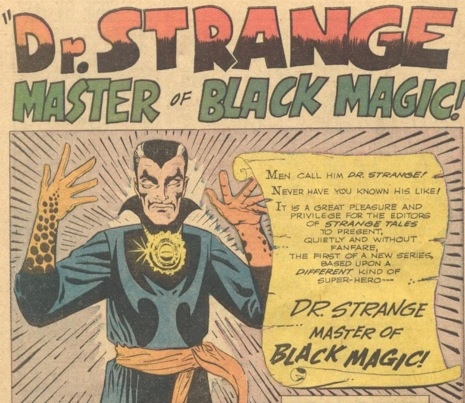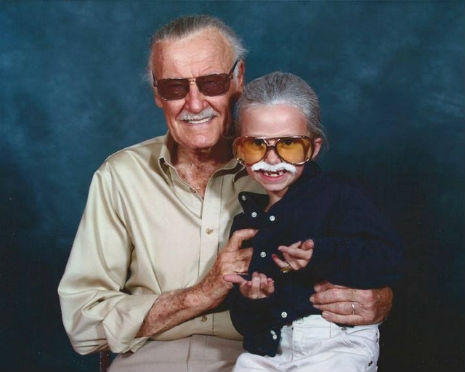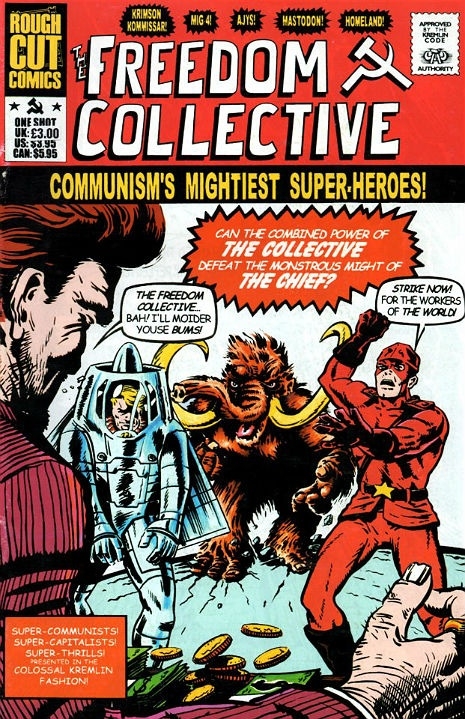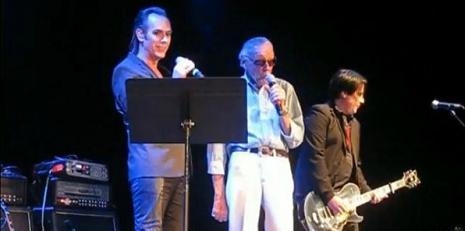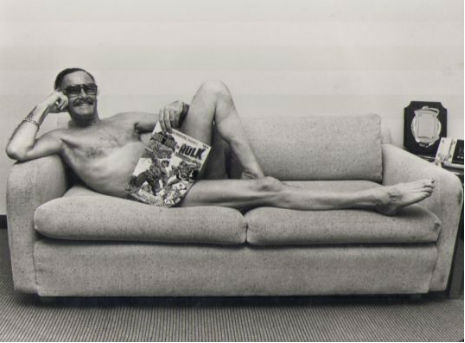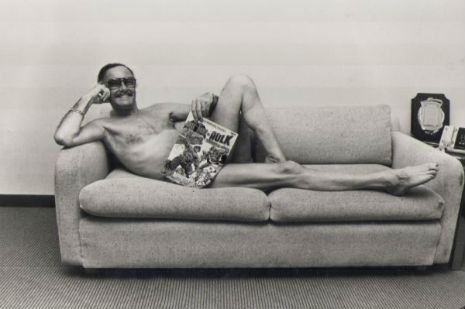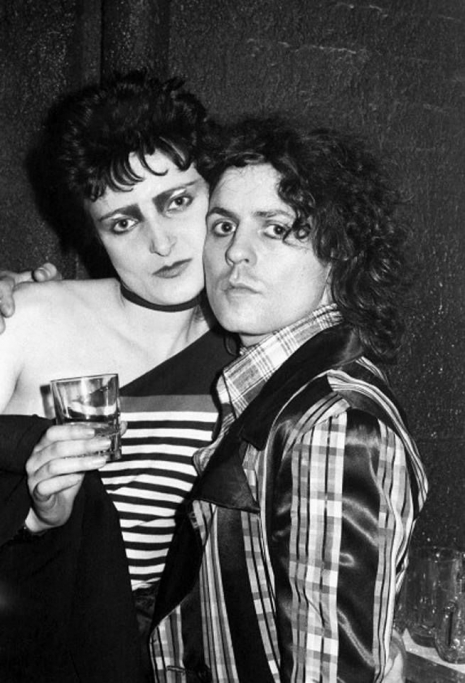
Marc Bolan and Siouxsie Sioux.
If you don’t already hold the rock-solid opinion (fact?) that Marc Bolan was one of the greatest things ever to happen to music, then hopefully this post will help you see the light of love which was the elfin leader of T. Rex. From a very young age considered himself a “superior being.” A bold statement which would turn out to have a chunk of glittery truth to it as Bolan would be one of the first and most influential innovators of glam rock.
Bolan’s short life was full enduring achievements including his fairy folk duo Tyrannosaurus Rex (with Steve Peregrin Took), and later his electric hit machine T. Rex. He had his own television show, Marc and would collaborate with David Bowie, Ike and Tina Turner and Alice Cooper. In March of 1973, T. Rex’s musical juggernaut “20th Century Boy” became a top ten charting single for the band. A few months later, Bolan sat down with the sixteen-year-old music journalist Cameron Crowe for an interview with CREEM magazine. As a huge fan of Bolan and Crowe (the man wrote Fast Times At Ridgemont High THE END), I was pretty giddy when I came across the entire interview online as it’s a short, entertaining read mostly due to Bolan’s frankness about some of his musical peers. Here’s Marc getting real with a teenage Cameron Crowe in 1973 about his alleged “feud” with Bowie:
“In England, they tried to sell his records by saying in the ads that were “high in the American charts,” when in actuality they were only 144th. Them, media-wise, they created me into something of a monster. They’d put me on the cover of their papers and sell a million more copies than they usually sell; then suddenly, because I wouldn’t talk with them as much as I did when I first started, they’d say I hated David Bowie. Essentially what they tried to do with Bowie was create another Marc Bolan, but the interest with the kids was not there. His concerts have not done well over there. “Starman” only got to about twelve on the charts, which is not good. And the other single didn’t happen at all—“John, I’m Only Dancing”—it was very bad actually.
I’ve known David for about five years, and he’s all right. I’ve played on a lot of his records. I mean, I don’t consider David to be even remotely near big enough to give me any competition. At the time the feud story hit England, my records were number one, and they stayed number one while David’s never came near. I don’t think that David has anywhere near the charisma or balls that I have. Or Alice has. Or Donny Osmond has got. He’s not gonna make it, in any sort of way. The papers try and manufacture a lot of things. They tried to do something with Slade. Slade is just a jive little group who are quite sweet and bang about a lot. They’re very valid for what they do, but I don’t think anyone can seriously compare them to what I do. Whether you think I’m good or bad, I’m still the best-selling poet in England. I don’t think anyone in Slade can write four words. And I don’t mean to be condescending; they’re nice people.”
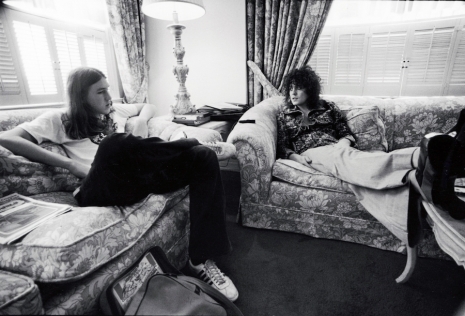
A teenage Cameron Crowe interviewing Marc Bolan for CREEM magazine in 1973.
Categorizing an up-and-coming David Bowie as “all right” and comparing him to Donny Osmond is some next level, Alexis Carrington side-eye by Bolan. I’m so glad Cameron Crowe was there to document Marc Bolan confirming he thinks he is better than Bowie—which, as Bolan noted, requires balls. This interview (and others) might make Bolan seem like the kind of acquaintance living only for the opportunity to talk shit about you behind your back the minute you leave, but he was a very popular party guest.
Below you will see photos of Bolan hanging out with Keith Moon, members of the Ramones, a young Billy Idol, one of his personal heroes Stan Lee (Bolan adored Marvel Comics), and The Damned. Bolan toured with The Damned shortly before his death in September of 1977 and the promotional images of Bolan and a 21-year old David Vanian are the punk rock equivalent of awkward family photos.
So, let’s start with those first, shall we?
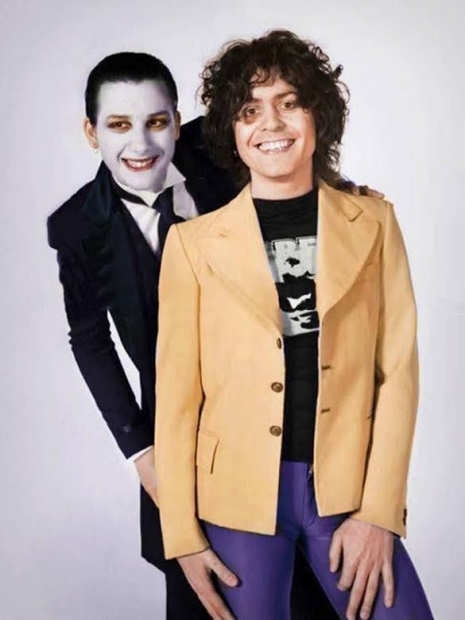
David Vanian of The Damned and Marc Bolan 1977.
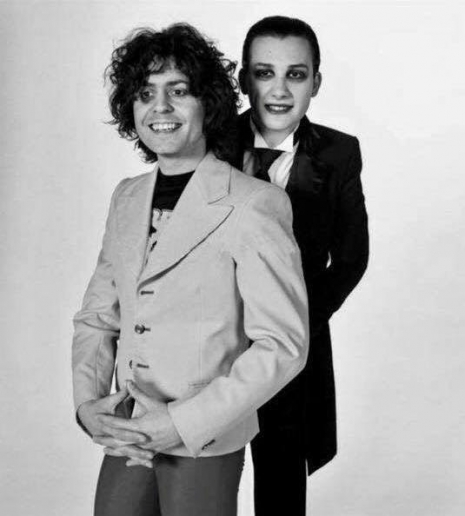
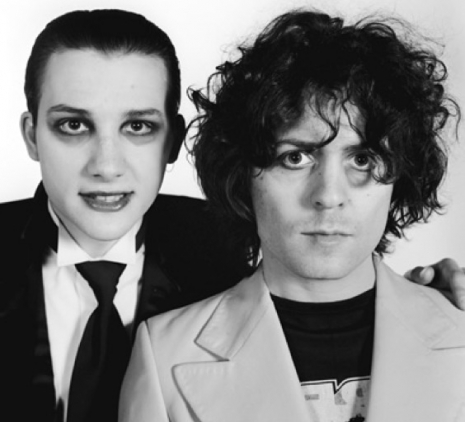
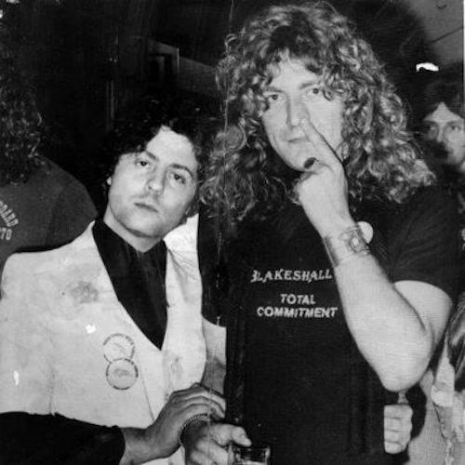
Marc Bolan and Robert Plant.
More Marc and his heavy frenz after the jump…






